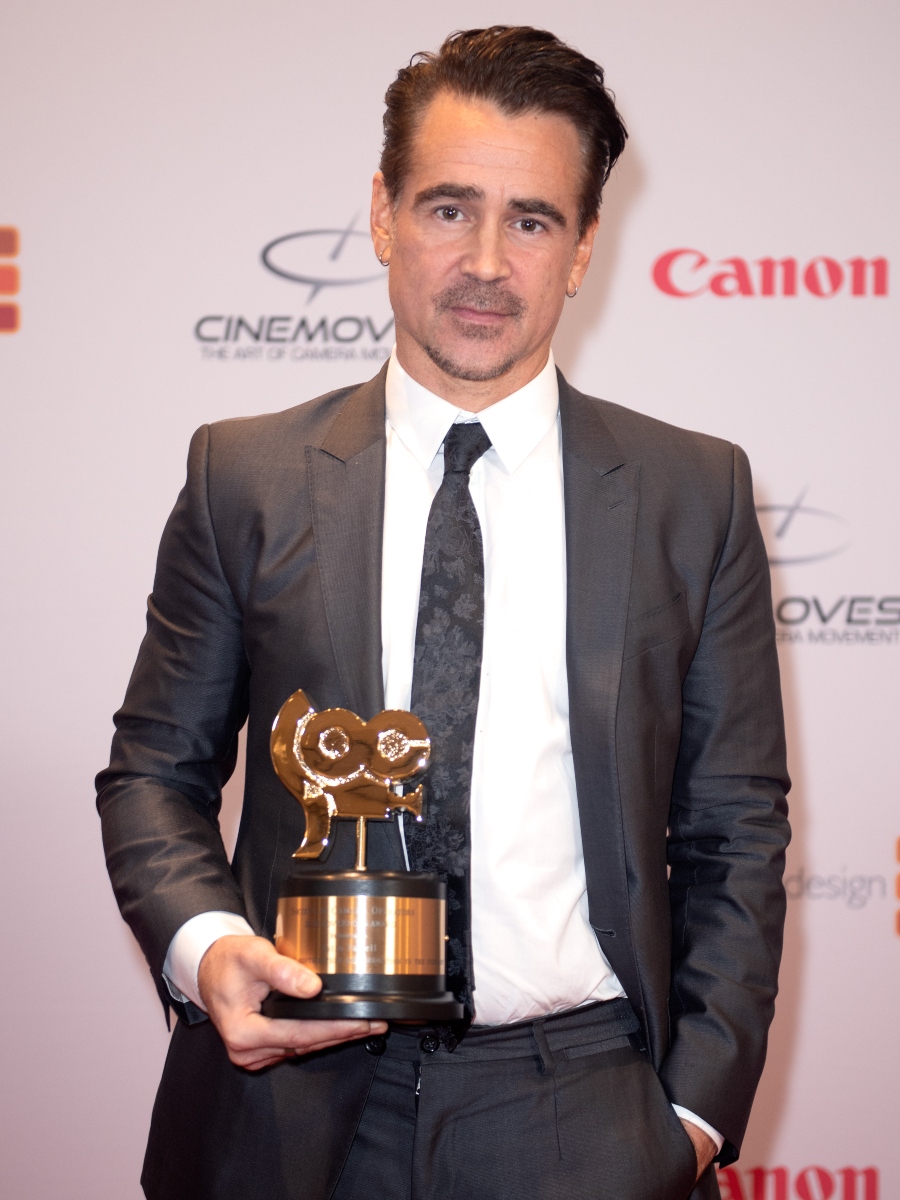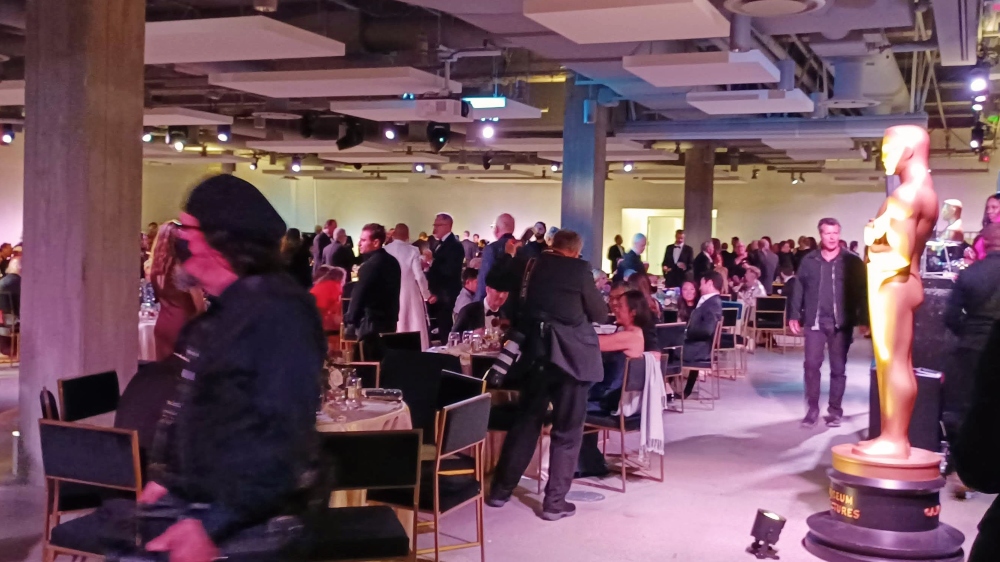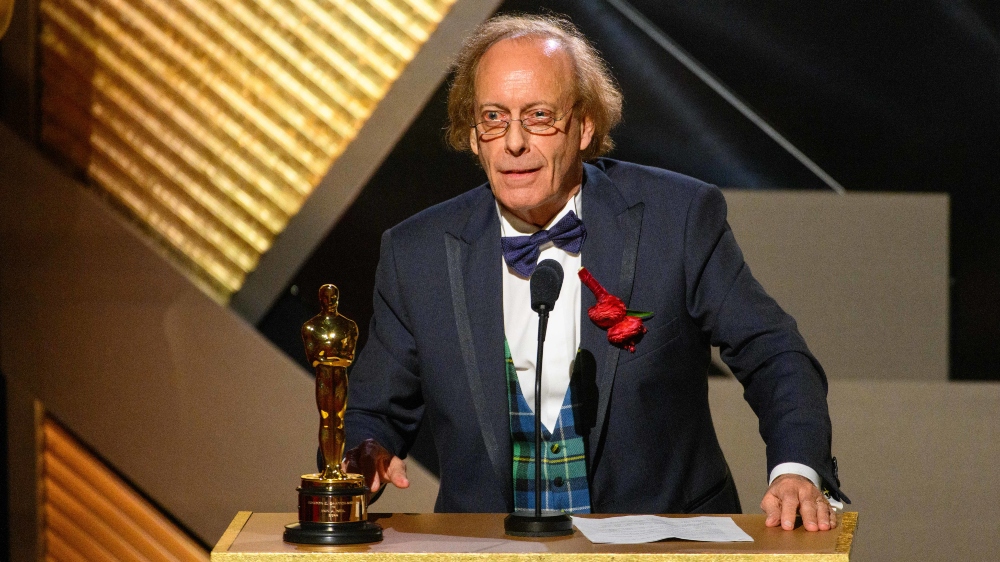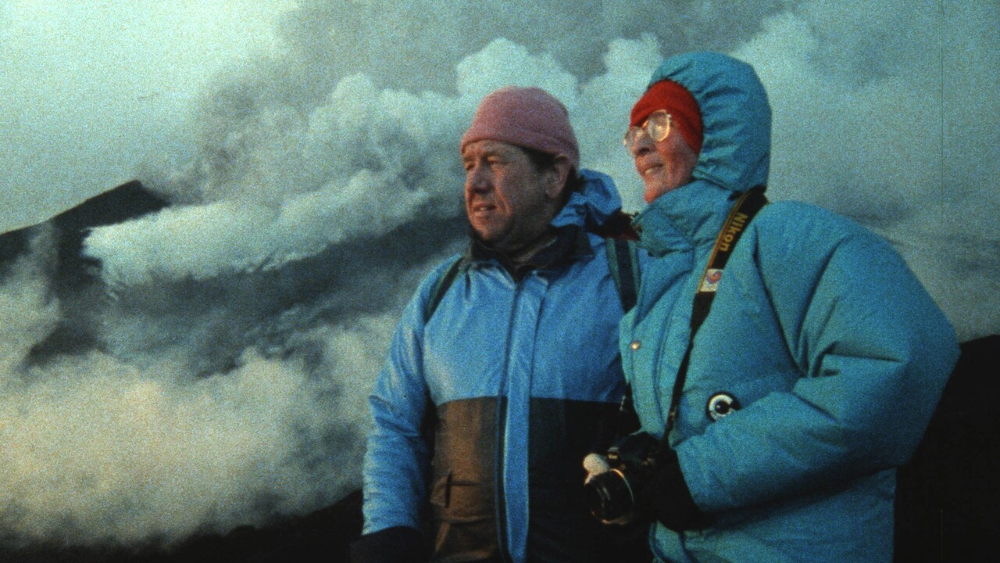As the PGA and SAG Awards confirmed, multiverses and alternate timelines are no longer confined to Marvel movies and other genre fare. They are now the stuff of prestige films, too, as Everything Everywhere All at Once won the PGA’s version of “Best Picture,” and SAG’s equivalent of the same, with its “Best Ensemble” prize, which capped off a near sweep of the feature acting categories outside of Brendan Fraser‘s Best Actor win for The Whale.
It’s hard to believe that “multiverse,” a term first applied to storytelling in a 1961 Flash comic about Earths 1 and 2, followed a couple of years later with its use by science fiction fantasy writer Michael Moorcock in one of his “Eternal Champion” stories, is now the stuff of award season juggernauts, but then again, when was the last time you were really sure which multiverse you were in?
This past weekend, though, it was possible to be busy each night with award presentations, while not encountering that EEAAO freight train. True, the wealth was shared by all no matter where you were, but this reporter wound up at the Academy’s Scientific Technical Awards and the Society of Camera Operators awards, where there was little of the burden of Oscar handicapping.
Well, unless you include the fact that still-plausible Oscar dark horse All Quiet on the Western Front was the winner on SOC’s film side for “Camera Operator of the Year.” That award went to Daniel Bishop, SOC, ACO, who noted that “doing a war movie takes its toll in its own way,” a toll no doubt also suffered by the film’s actors, and one that, oddly enough, may be part of its raw power.

The lively, spirited SOC gathering was held at the Loews Hollywood Hotel just ahead of its turnaround into Oscar headquarters, but this was clearly a looser event. Indeed the evening — details here — featured a consistent series of honorees thanking crew members, operators praising dolly grips, boom operators, focus pullers, et al, all the way to Governor’s Lifetime Achievement Award recipient Colin Farrell repeatedly noting how film acting is only made possible by film crews. “I’m so glad you exist,” he concluded. “I’d be shit out of luck if you didn’t.”
The general tenor of the evening was perhaps best summed up by Dave Chameides, SOC, who, along with “B” Camera Operator Cristian Trova, won on the TV side for Ozark. While Chameides also profusely thanked everyone he worked with, saying that at the end of the day, perhaps the most important on-set skill of all was “to be a mensch.”
The night before, at the Sci-Tech gathering, the menschlichkeit was likely expressed through dueling senses of relief and gratitude — both at being at the event’s first live gathering of the not-quite-post-pandemic era, and for simply having made it there through the deluge brought on by our water-logged, wandering jet stream. Indeed, this reporter had two exciting near-accidents in his rideshare, just in the last block before alighting at the Academy Museum of Motion Pictures, now the presumed long-range home of the Sci-Tech evening.
Due to the memorable weather, the original al fresco dining on the terrace upstairs — that would’ve been some fresco — was switched to the “Tea Room,” a somewhat loft-like expanse on the upper floor not given over to any galleries.

So it’s hard to judge, still, what Sci-Tech at the museum is really like. Everyone had to eventually decamp to head to the theater downstairs, where the awards were given out (and where attendees filled up about half the seats). It was an odd mix of being at the museum while being unable to partake of its benefits, in terms of seeing any of the immersive exhibits. Whether this aspect gets tweaked in less storm-ravaged years remains to be seen. And while it might be understandable that the Academy seeks to avoid having reporters spill cocktails over rare one-sheets and the like (which may explain the designated media tables in the Tea Room!), it would seem that people flying across the state, country, or various oceans to get there might appreciate the other assets the venue has to offer.
That, however, is a wee observation in what was primarily a large-spirited evening, starting with new Academy President Janet Yang announcing that she was attending her first ever Sci-Tech ceremony, followed by actor Simu Liu — speaking of Marvel multiverses — who hosted in a relaxed and generally bemused fashion. Liu later observed that “things were getting spicy at the Sci-Tech awards,” after honoree Theodore Kim, former “Pixarian” (to use the studio’s own term)-turned-Ivy League professor, thanked his Ph.D. advisor for telling him that “rendering was boring, simulation is cool.”
The advice panned out since he and his Pixarian peers won for their invention of the Fizt2 elastic simulation system. However, several awards for rendering breakthroughs followed thereafter.
Sci-Tech awards generally come years after the item in question is designed, built, or released, after a track record of use, and consistent confirmation of just how innovative said breakthrough really was. Thus, the accolades ran the gamut from the special effects-era invention of Rain Bars (most ironically timed, given the weekend’s memorable downpour), the aforementioned rendering and simulation programs, the invention of CineTape, and more. A full list can be found here.
However, 2021’s winners, who attended via Zoom, were also present and they stood for applause as well as group photos. It was likely their first “pandemic emergent” award gathering, too.

The kudos part of the evening was wrapped up with the Gordon E. Sawyer award for “extraordinary technological contributions that have brought credit to the industry,” (which garners an actual Oscar statuette) for Iain Neill. Currently the Chief Optics Advisor at Cooke, he’s also started his own companies (including current optical technology consulting company, ScotOptix) and has previously received 12 Sci-Tech awards, but told us, during a Zoom chat from his home in Switzerland, that this one, for lifetime achievement, is palpably “different from all the others.”
Of Neill’s many lens-based inventions — not all confined to the picture business — he recounted essentially bluffing his way toward the invention of the Primo Macro Zoom Lens in a job interview with Panavision, agreeing that, sure, he could develop a lens like that, figuring he was ultimately safe no matter what he answered since it probably couldn’t be done at all.
He also mentioned the eight years it took to finally make that lens, and in our earlier chat, wondered if now that “the technology is getting faster and faster,” there was even time to recoup development costs before the next new thing demanded to be invented.
Still, at Sci-Tech itself — perhaps taking a long view provided by his background in physics — Neill said that “the lens came before film” as a concept [and as] a device, and “it will still be there later,” after our current silicon sensors give way to what’s next — like carbon nano-tubes.
That same overlap of science-meeting-magic is at work in the Oscar-nominated documentary Fire of Love, about volcanologists Katia and Maurice Krafft, who would ultimately die in a volcanic explosion.

In an email interview after her DGA win, producer/director Sara Dosa said she thought of the film as “a magic realist documentary. I think of magic realism as an aesthetic framework that highlights the magical within the mundane or sentience within the seemingly inert in order to communicate the power and aliveness of all things. This concept absolutely resonates with how the Kraffts understood the planet — they experienced volcanoes as not just the subject of scientific inquiry, but as mysterious forces with nearly supernatural dimensions that defied classification. They saw the earth as fundamentally alive — a perspective that radiates through their every frame and colors their passion for volcanoes. We were very inspired by this idea and tried to center the sentience of volcanoes through our editing, our sound design, as well as through the overall ‘love triangle’ structure for our film.”
Fire of Love, however, relies on scarcely any of the tools lauded at a typical Sci-Tech gathering, instead being comprised of almost all archival footage. But Dosa said they “delighted, too, in the grains and hairs captured in the 16mm celluloid. Rather than wanting to paint those out, we wanted to preserve them as artifacts of time and place. Some of the footage of Katia and Maurice on the news, or [on] variety shows, however, was [of] much lower quality, and we worked with the amazing team at Montreal’s Post Moderne to clarify some of the distractingly fuzzy images in a way that felt cohesive with our overall aesthetic. But it was important to us to preserve the ‘seams’ so to speak, between formats, highlighting the collage nature of our film.”
And perhaps preserving the seams — between then and now, here and there, and the cracks and faultlines in our beings — will allow us to keep navigating the various multiverses of our own lives, which can sometimes shift almost daily.
See you further down the timeline.
 Mark London Williams is a BTL alum who currently covers Hollywood, its contents and discontents, in his recurring “Across the Pond” dispatch for British Cinematographer magazine, contributes to other showbiz and production-minded sites, and musters out the occasional zombie, pandemic-themed, or demon-tinged book and script, causing an increased blurring in terms of what still feels like “fiction.”
Mark London Williams is a BTL alum who currently covers Hollywood, its contents and discontents, in his recurring “Across the Pond” dispatch for British Cinematographer magazine, contributes to other showbiz and production-minded sites, and musters out the occasional zombie, pandemic-themed, or demon-tinged book and script, causing an increased blurring in terms of what still feels like “fiction.”
Mark London Williams’ Union Roundup column will appear every Tuesday. You can reach him to give him tips and feedback at [email protected]. He can also be found on Twitter @TricksterInk.





